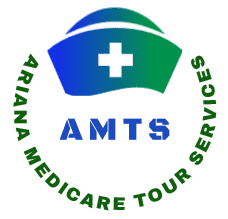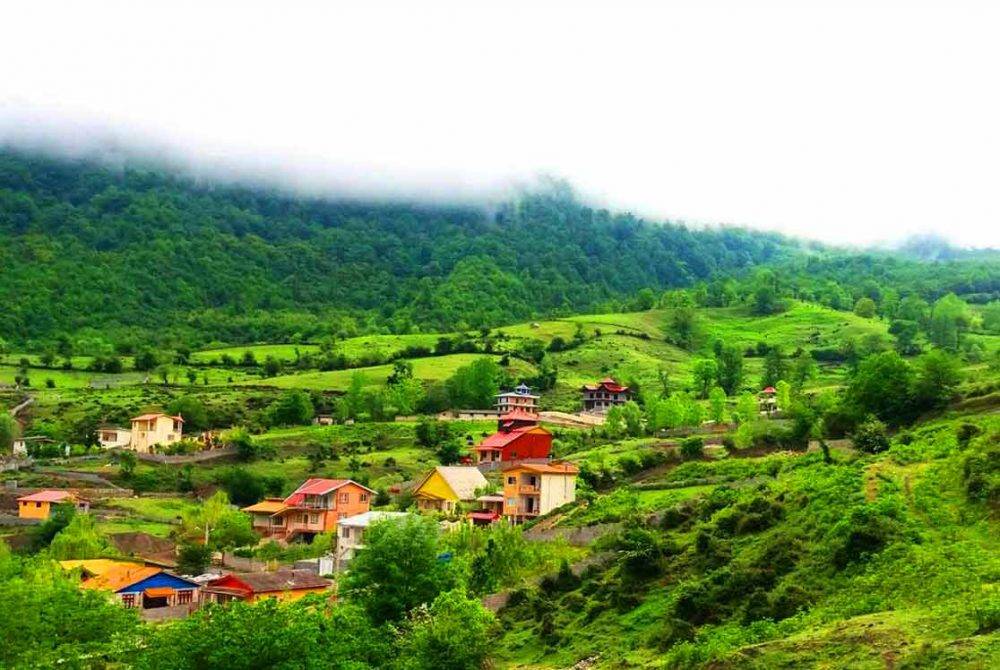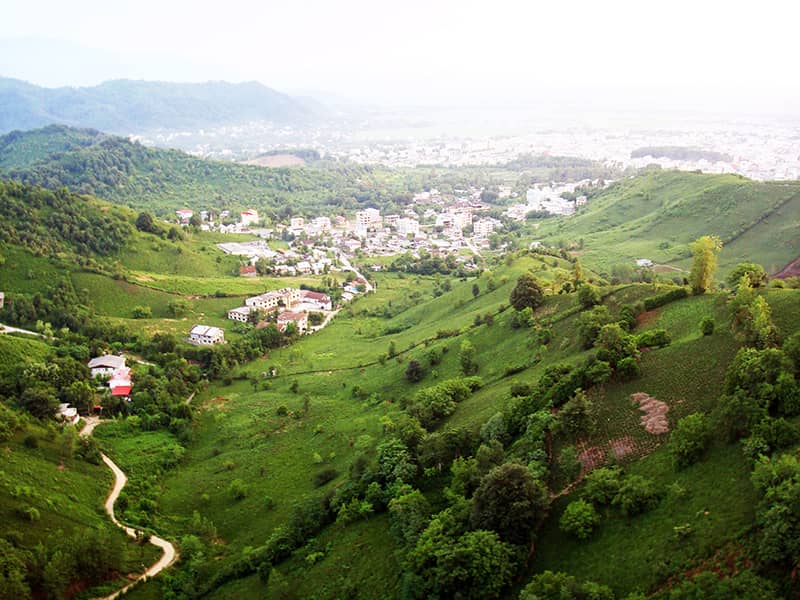There are endless places to visit in Isfahan, that is why Isfahan is the city we all know as half of the world. The reason for this title is that the tourist places in Isfahan are very diverse.
We will make a sweet and at the same time short excursion to all these attractions. If you don’t know where to start your trip to Isfahan, read this article so you don’t miss anything.
Historical places in Isfahan
Naqsh-e Jahan Square
Naqsh-e Jahan Square is a symbol of all the historical monuments of Isfahan. This large square, which is considered one of the largest squares in the world, was built during the Safavid era and during the reign of Shah Abbas, the Safavid.
Around this square, there are many stalls selling Isfahan handicrafts.
Pictures of Naqsh-e Jahan Square in Isfahan
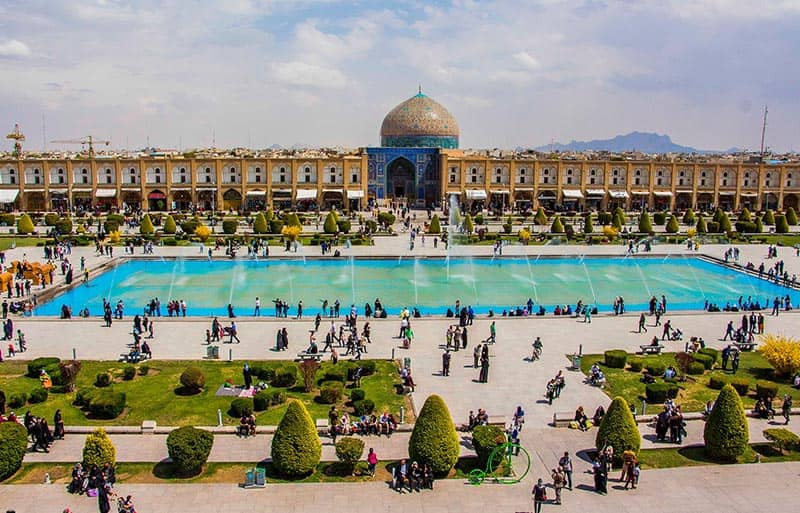

Travel and tourism guide in the Iranian city of Isfahan.|Translator and tourist guide in Arabic and English
Ali Qabu Building
In the past, Ali Qapu Palace was the main entrance to other important palaces in Isfahan. Originally, Shah Abbas I Safavid built this palace in Isfahan to show the power and glory of his rule.
By God, Shah Abbas did well. What is interesting about Ali Qapu’s architecture are the columns of the palace, all of which are made of wood. This palace and its beautiful entrance is one of the best places to visit in Isfahan for photography.

Si-O-Se-pol (Thirty-Three-Bridges)
Si-O-Se-pol (thirty-three bridges) is another historical place in Isfahan, which was built during the reign of Shah Abbas 1st. Safavid. It is interesting to know that this bridge is the product of the art of the son of Mohammad Reza Isfahani, the creative architect of Sheikh Lotfollah Mosque. In the past, this long bridge hosted various ceremonies in Iran.
Some also say that the name of this bridge comes from Anahita, the goddess of water. One of the most beautiful sights in Isfahan is Si-O-Se-pol (Thirty-Three Bridges) at night, which has amazing lighting.
Another opinion is that because this bridge is very long and consists of a large number of openings for the passage of water, it is called Si-O-Se-pol (thirty-three bridges).
Next to these openings, there are nice cafes and restaurants where you can eat, drink and have fun.
Photos of Si-O-Se-pol (Thirty-Three Bridges)
![سی وسه پل [ثلاثة وثلاثون جسرا] في اصفهان](https://blog.arianamedicaretour.com/wp-content/uploads/2023/05/سي-و-سه-بل-1.jpg)
![سی وسه پل [ثلاثة وثلاثون جسرا] في اصفهان](https://blog.arianamedicaretour.com/wp-content/uploads/2023/05/سي-و-سه-بل.webp)
![سی وسه پل [ثلاثة وثلاثون جسرا] في اصفهان](https://blog.arianamedicaretour.com/wp-content/uploads/2023/05/سي-و-سه-بل-2.jpg)
Kakh-e Chehel Seton (forty-pillared palace)
Chehel Setun Palace (Forty Columns) is an excellent example of a magnificent royal garden. As you can probably guess, this garden was built during the Safavid era.
The interesting thing to note about this park is that Chehel Setoun (Forty Columns) has access to other parks such as Naqsh-e Jahan (Naqsh-e Jahan Square) all the way to the city center.
Inside this museum garden, you will see amazing paintings, each telling the story of one of the historical events of the time. To go to the garden of Chehel Sotun (Forty Columns), we suggest spring or summer; To enjoy the nature as well as the beauty of the architecture of the building in the cool and comfortable air.
Pictures of Kach Chehel Sotun (Forty-Pillared Palace)
![كاخ چهل ستون[قصر ذات اربعین أعمدة ] في اصفهان](https://blog.arianamedicaretour.com/wp-content/uploads/2023/05/كاخ-جهل-ستون-اصفهان.jpg)
![كاخ چهل ستون[قصر ذات اربعین أعمدة ]](https://blog.arianamedicaretour.com/wp-content/uploads/2023/05/كاخ-جهل-ستون-اصفهان1.jpg)
Monar Jonban (Shaking Minarets)
Minar janban (shaking minarets) is one of the attractions around Isfahan that you should not miss. This building consists of several parts, the most important of which are the minarets.
In this building, by shaking one of the minarets, other parts of the building also shook. The reason for this is a physical theory that shows that these minarets show this reaction due to their connection to each other.
they will pronounce the Place as :
Pictures of Monar Jonban
![منارجانبان [المآذن المهتزة]](https://blog.arianamedicaretour.com/wp-content/uploads/2023/05/مناره-جنبان.jpg)
![منارجانبان [المآذن المهتزة]](https://blog.arianamedicaretour.com/wp-content/uploads/2023/05/منارجانبان-المآذن-المهتزة-1.jpg)
Wank (Vank) Church
(Persian: Kele-say Vank) is a historical Armenian Apostolic church that dates back to the era of the Safavid dynasty, and is located in the Armenian Christian neighborhood of Jolfa in the city of Isfahan.
Wank Church is the largest and most famous church in Iran and is also the Armenian cathedral of Isfahan. This church is also known as “Amnaperkich” and is one of the 13 remaining churches in the Jolfa neighborhood of Isfahan from the 17th century. “Vank” means “monastery” in Armenian. With the passage of time, in addition to maintaining its religious status among the people of Isfahan, especially the Armenians living in the Jolfa neighborhood, Vank Church has also turned into an administrative place and a center for social events. During the following years, the first printing press in Iran and the Middle East was established in the courtyard of this church.
Pictures of Vank Church
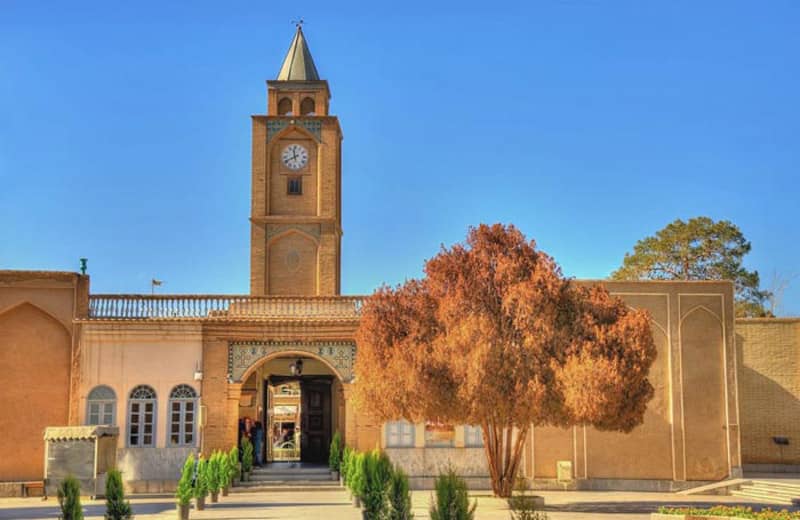

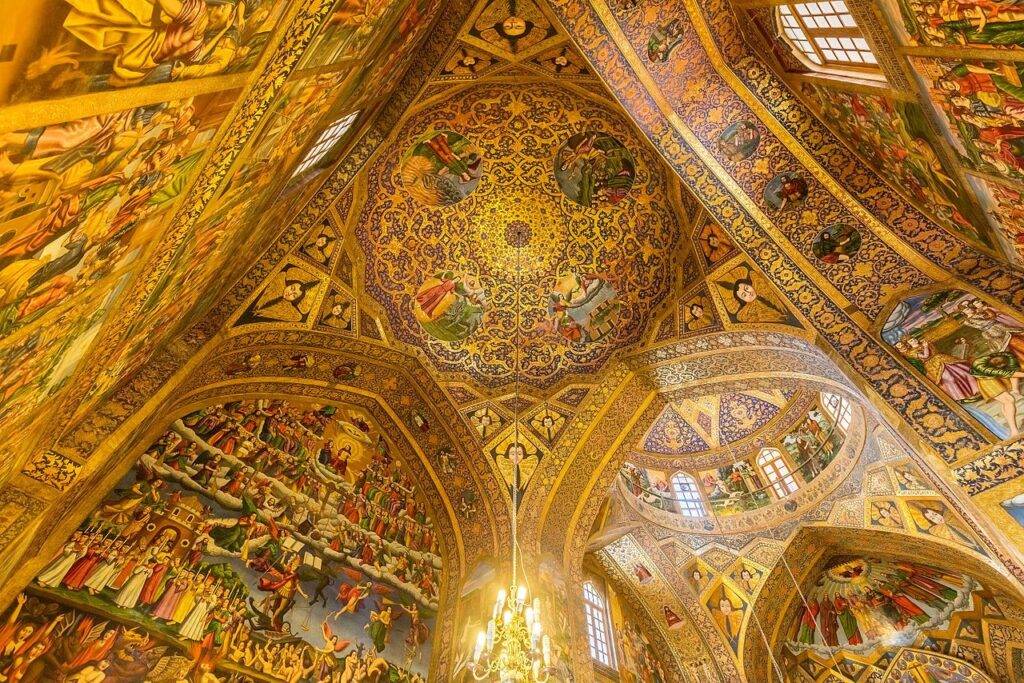
There is a museum in Vank Church that contains valuable things, and in this museum there is a microscope under which there is a lock of human hair, and a sentence from the Torah was written on that lock of hair
The sights of the city of Isfahan are endless, and among other places of interest in Isfahan, the following possibilities can be mentioned:
- Hasht Behesht Building [The Eight Gardens]
- A-Tesh-Kadeh [Fire Temple of Isfahan]
- Kabutar Khaneh (Pigeon Houses]
- birds Garden
- Jolfa neighborhood
- Shah Mosque
- khajo bridge
- other parks and museums,
Picture of the Hasht Behesht Building [Eight’s Paradise]
![صورة عن عمارت هشت بهشت[الجنات الثانية ]](https://blog.arianamedicaretour.com/wp-content/uploads/2023/05/صورة-عن-عمارت-هشت-بهشتالجنات-الثانية-.jpg)
A picture of A-tesh-kadeh (Fire Temple of Isfahan)
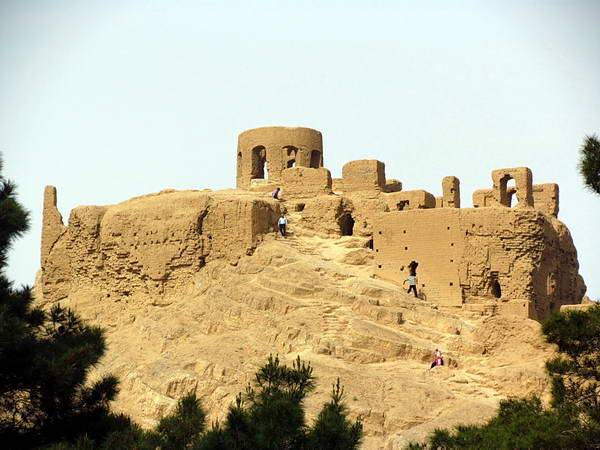
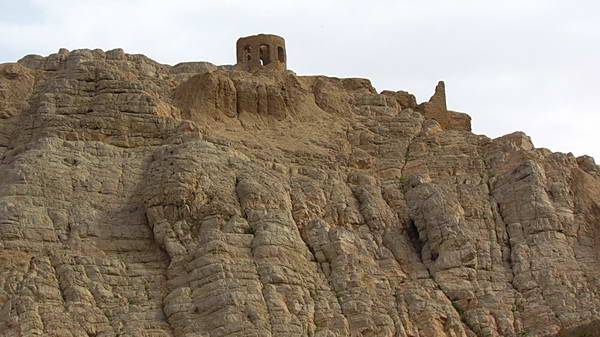
Picture of the bird’s park
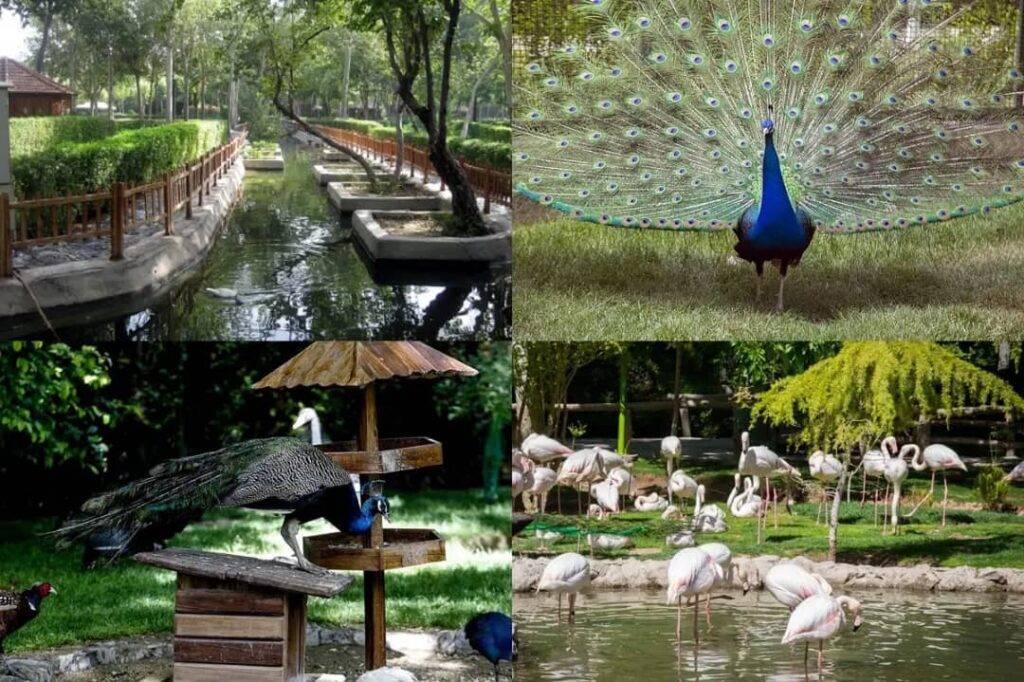
Picture of Jolfa neighborhood
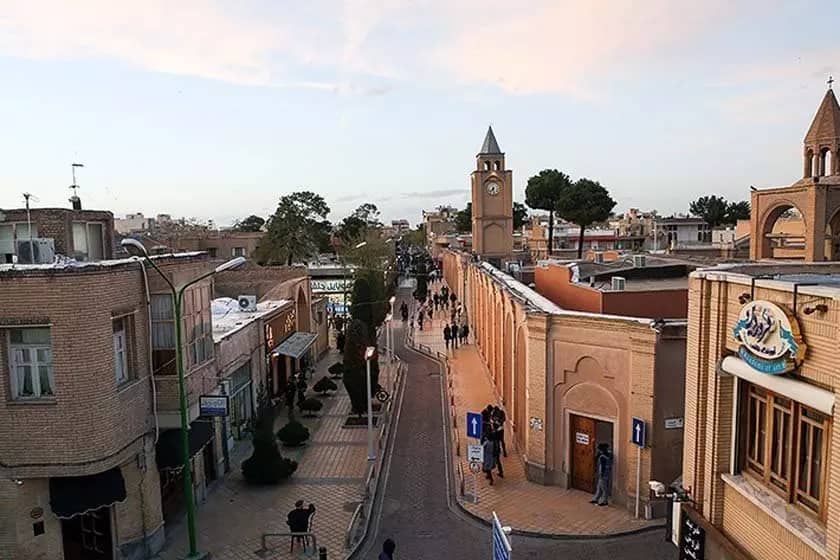
Picture of Shah Mosque
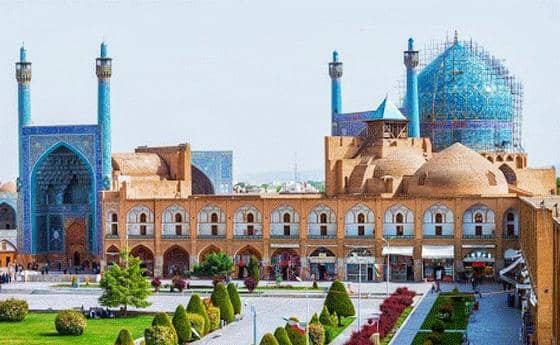
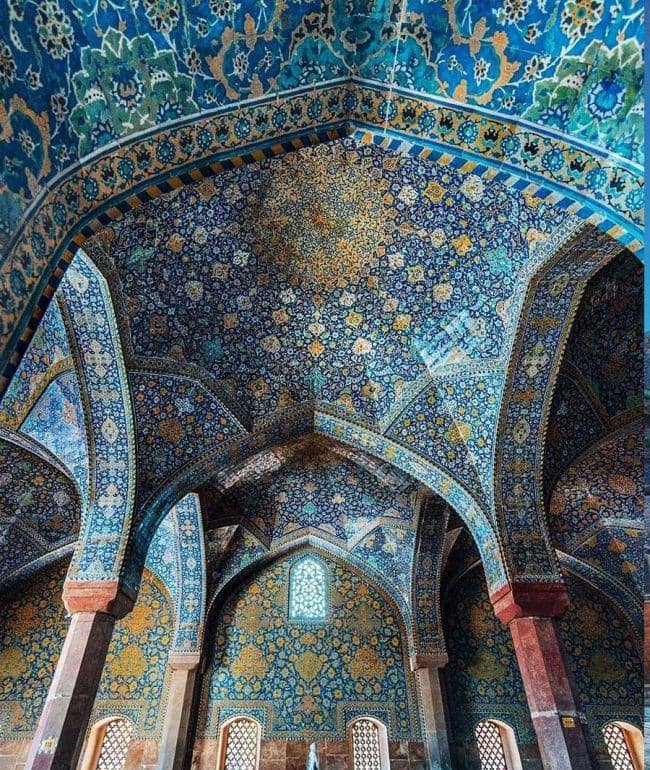
picture of the Khajo Bridge
![صورة عن جسر الخاجو[khajo]](https://blog.arianamedicaretour.com/wp-content/uploads/2023/05/جسر-الخاجو.jpg)
